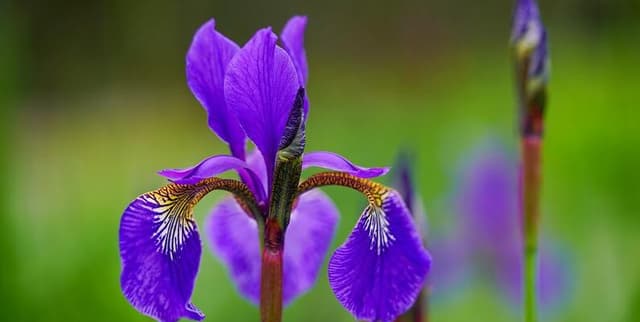Flower Species Dataset
LLM Fine-Tuning Data
Tags and Keywords
Trusted By




"No reviews yet"
Free
About
This classic dataset is designed for classifying iris plants into three distinct species. It comprises 150 samples, with 50 samples for each of the three iris species. The dataset includes various properties for each flower. Notably, one of the flower species is linearly separable from the other two, while the remaining two species are not linearly separable from each other, presenting a challenge for classification tasks.
Columns
- sepal_length: Represents the sepal length of the iris flower, measured in centimetres.
- sepal_width: Represents the sepal width of the iris flower, measured in centimetres.
- petal_length: Represents the petal length of the iris flower, measured in centimetres.
- petal_width: Represents the petal width of the iris flower, measured in centimetres.
- species: Indicates the class or species of the iris flower. This column has three unique values, with 'setosa' being the most common, accounting for 33% of the samples.
Distribution
The dataset is provided as an
iris.csv file. It contains 150 records across 5 columns and has a file size of 3.86 KB. All columns have 150 valid entries, with no mismatched or missing values reported.Usage
This dataset is ideal for a variety of applications, particularly in the field of machine learning and data analysis. It is primarily used for classification models aimed at predicting iris species based on their physical characteristics. It is also suitable for clustering algorithms and serves as an excellent resource for educational purposes to introduce concepts like data cleaning, exploratory data analysis, and supervised learning.
Coverage
The provided sources do not specify the geographic, time range, or demographic scope of the data. This dataset primarily focuses on botanical measurements.
License
CC0: Public Domain
Who Can Use It
This dataset is particularly useful for beginners in data science and machine learning, offering a straightforward entry point into classification problems. Data scientists, machine learning engineers, and researchers can utilise it for experimenting with and comparing various classification and clustering algorithms. Students can use it as a practical exercise for learning data manipulation with libraries like pandas and numerical operations with NumPy, as well as for data visualisation using Matplotlib.
Dataset Name Suggestions
- Iris Plant Classification Data
- Botanical Iris Measures
- Flower Species Dataset
- Iris Morphological Data
- Classic Iris Dataset
Attributes
Original Data Source: Flower Species Dataset
Loading...
